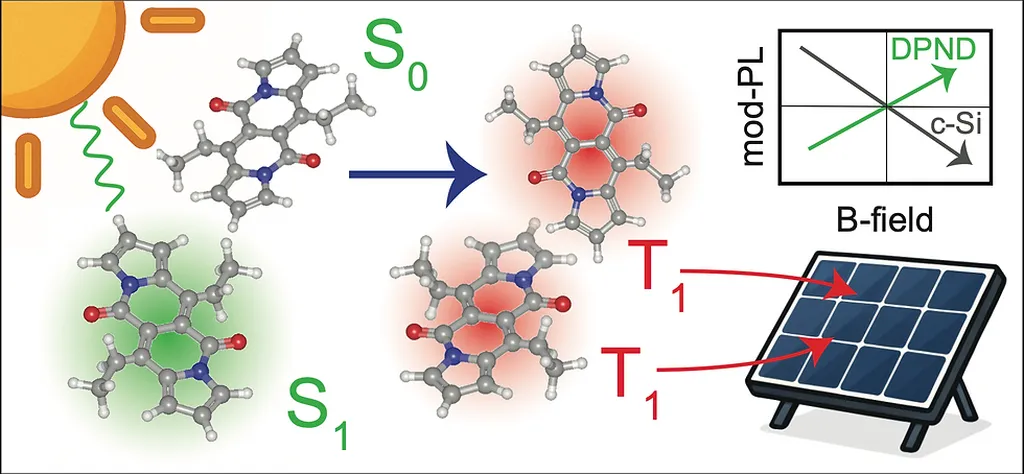In a significant stride towards more sustainable and efficient solar energy solutions, researchers have unveiled a promising alternative to traditional activation treatments for CdS/CdTe solar cells. The study, led by R. Olvera-Rivas, explores the use of a saturated solution of MgCl2 in methanol as a non-polluting alternative to the conventional CdCl2 activation process. This breakthrough could reshape the energy sector by offering a more environmentally friendly and efficient method for solar cell production.
The research, published in ‘Materials Research’ (translated from Portuguese), delves into the performance of three types of solar cells: those without activation treatment, those activated with CdCl2 deposited by sublimation, and those activated with MgCl2 by immersion. The results are striking. The efficiency of the solar cells increased from a modest 4.4% without activation to an impressive 11.92% with MgCl2 activation, surpassing even the 7.42% efficiency achieved with CdCl2 activation.
“This significant improvement in efficiency opens up new possibilities for the commercialization of CdS/CdTe solar cells,” said Olvera-Rivas. The study utilized various characterization techniques, including scanning electron microscopy and solar simulation, to observe changes in the CdTe layer and improvements in key performance metrics such as Voc, Jsc, and FF.
One of the most intriguing findings is the proposal that the CdS/CdTe heterojunction becomes thinner during activation due to diffusion between the films. This suggests that the film thickness and doping concentration are heavily influenced by the activation treatment. Numerical simulations based on SCAPS-1D software further validated these results, providing a robust foundation for future research and development.
The implications for the energy sector are profound. As the world shifts towards renewable energy sources, the demand for efficient and sustainable solar cells is on the rise. The use of MgCl2 as an activation treatment not only reduces environmental impact but also enhances performance, making it a viable option for large-scale solar cell production.
“This research demonstrates that MgCl2 can be a game-changer in the solar energy industry,” Olvera-Rivas added. By achieving a maximum efficiency of 11.92% with values of 760 mV, 27.02 mA/cm2, and 0.58 for Voc, Jsc, and FF respectively, the study sets a new benchmark for solar cell technology.
As the energy sector continues to evolve, the findings from this research could pave the way for more innovative and sustainable solutions. The use of MgCl2 activation treatment not only offers a greener alternative but also promises to enhance the overall efficiency and commercial viability of CdS/CdTe solar cells. This breakthrough could very well be the catalyst for a new era in solar energy, driving the industry towards a more sustainable and efficient future.

